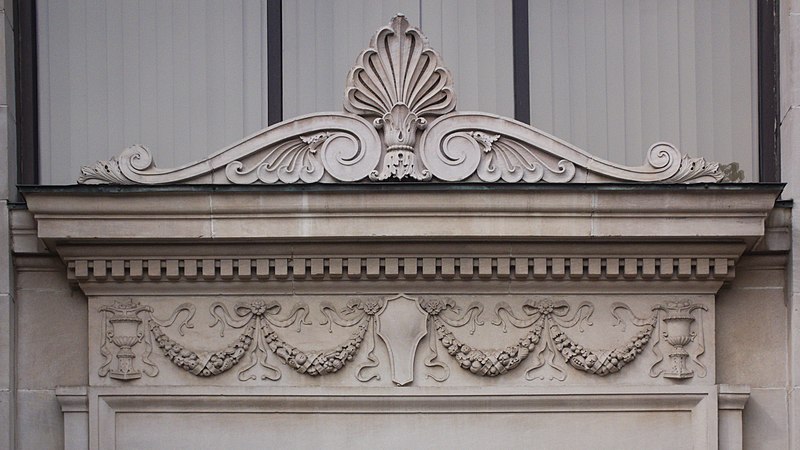
Architecture is a kind of message that we instinctively read. When we see a bank that looks like this, we think without even articulating the thought, “That bank is stable and respectable.” The richness of the materials tells us that the bank has plenty of money; the traditional classical design tells us that it is not some fly-by-night institution that somehow swindled its way into a few bucks and will be gone as soon as its trendy design is passé. This bank on Main Street in the borough of Carnegie hits all the right notes with perfect pitch. We have forgotten how to send these architectural messages, but curiously enough we have not forgotten how to read them.
Addendum: The architect was Greensburg-based Paul A. Bartholomew; the bank was built in 1926.




